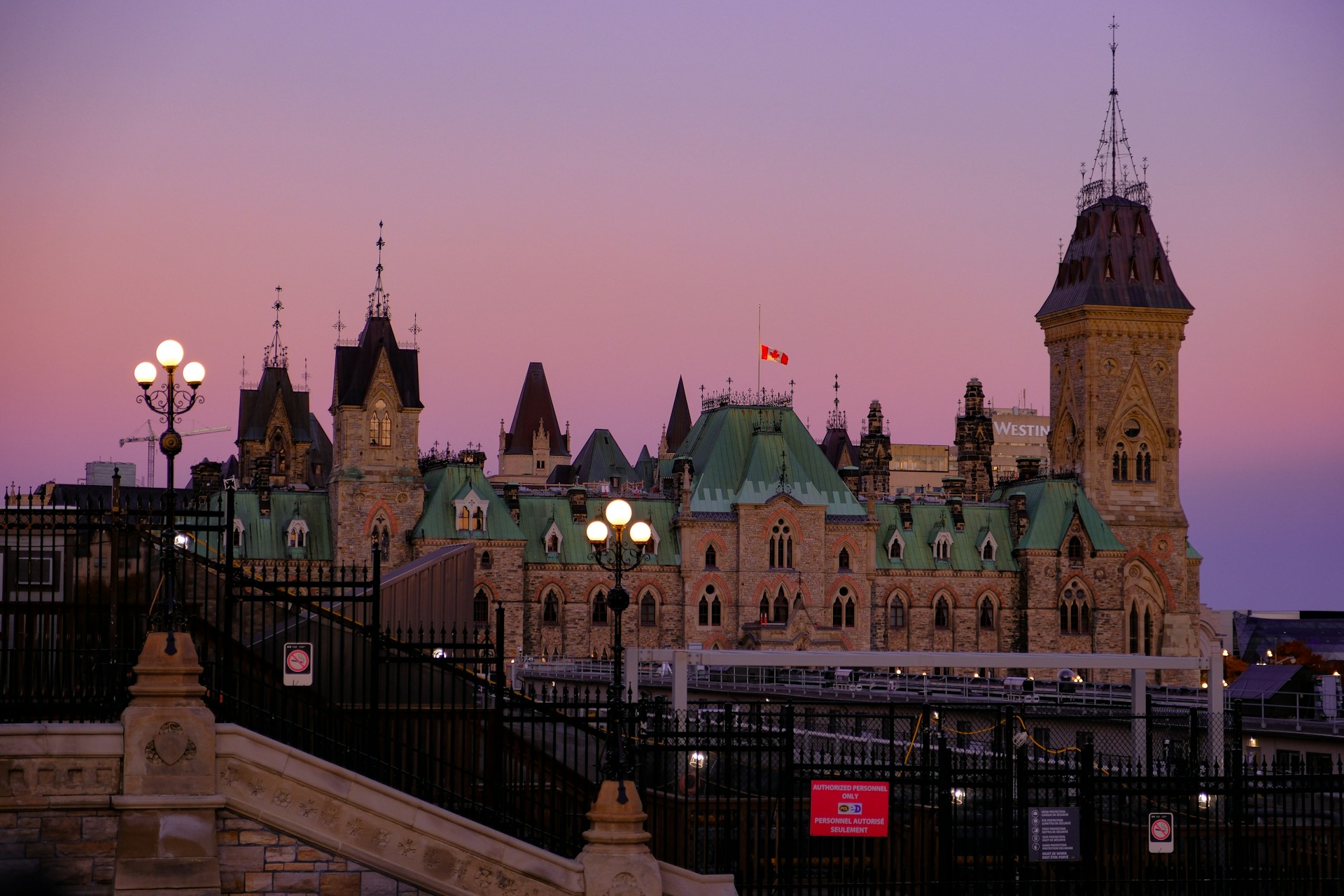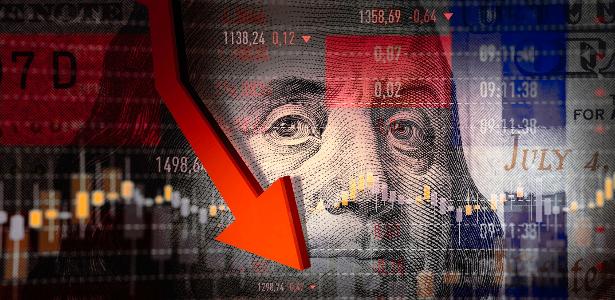





The Australian economy is currently facing significant challenges, with its growth rate slowing to the lowest level since the early-1990s recession. Recent data indicates that the economy grew by only 0.2% in the June quarter and 1% over the past year. A technical recession is typically defined as two consecutive quarters of negative GDP growth, a scenario Australia has not encountered since 1991. Compounding these concerns, GDP per capita has been shrinking for the last 18 months, with an annual growth rate of -1.5% [35e19272].
In addition to these troubling indicators, Australia's unemployment rate reached 4.2% in July 2024, triggering the Sahm Rule, which tracks unemployment rates to signal recession risks. This development has raised alarms among policymakers, suggesting that they should remain vigilant despite the official definitions of a recession [35e19272].
Globally, the concept of a recession is often debated, with the National Bureau of Economic Research (NBER) in the United States serving as the authoritative body for determining recessions. The NBER's Business Cycle Dating Committee analyzes various economic indicators, including GDP growth, wholesaler sales, and employment figures, to assess whether the economy is expanding or contracting. They retroactively assign start and end dates for recessions based on their findings [11900ac3].
In Canada, Stephen Poloz, the former governor of the Bank of Canada, recently claimed that Canada is indeed in a recession. He cited a staggering 30% increase in the cost of living for consumers as a key indicator of economic distress. Poloz noted that GDP per capita has declined for six consecutive quarters, falling by 0.4% in Q3 2024, and highlighted a drop in growth from 2.1% in Q2 2024 to just 1% in Q3 [e5a9ea37]. He criticized the federal government's GST holiday as ineffective for fostering long-term economic growth and warned that potential tariffs from U.S. President Donald Trump could lead to a 2.6% hit to Canada's GDP, creating inflationary risks for central banks and complicating monetary policy [e5a9ea37].
A recent report from the National Bank of Canada (NBF) suggests that Canada could face its second-largest recession ever if it enters a trade war, potentially losing 6% of its GDP due to U.S. trade tariffs. Matthieu Arseneau, Deputy Chief Economist at NBF, emphasized that such a recession could exceed the impacts of the 2020 pandemic recession, significantly affecting exports, investment, and consumption. While the U.S. economy would also be impacted, the effects would be less severe [4d6ed151].
Meanwhile, Sweden's economy has also contracted for two consecutive quarters, indicating a possible recession. The downturn was largely driven by inventory liquidation and a decrease in household consumption, although strong service exports partially offset the decline [11900ac3].
In the United States, despite not officially being in a recession according to the NBER's criteria, a recent poll revealed that 56% of Americans believe the country is experiencing a recession. This perception may stem from high inflation and affordability challenges. The upcoming election could be influenced by these economic perceptions, as voters often base their decisions on their views of the economy [8c021b8d].
Recessions can have profound impacts on individuals and businesses, leading to job losses, declining incomes, and reduced consumer spending. They typically last about 17 months on average, but recent recessions have been shorter. Policymakers often implement fiscal and monetary measures, such as tax cuts and interest rate reductions, to stimulate economic activity and mitigate the effects of a recession [f74bfcb8].
As countries like Australia, Canada, and Sweden grapple with economic slowdowns, the definitions and indicators of recessions remain critical for understanding the broader economic landscape. The interplay of various economic metrics will continue to shape discussions on whether these nations are entering a recession and how best to respond to the challenges ahead.